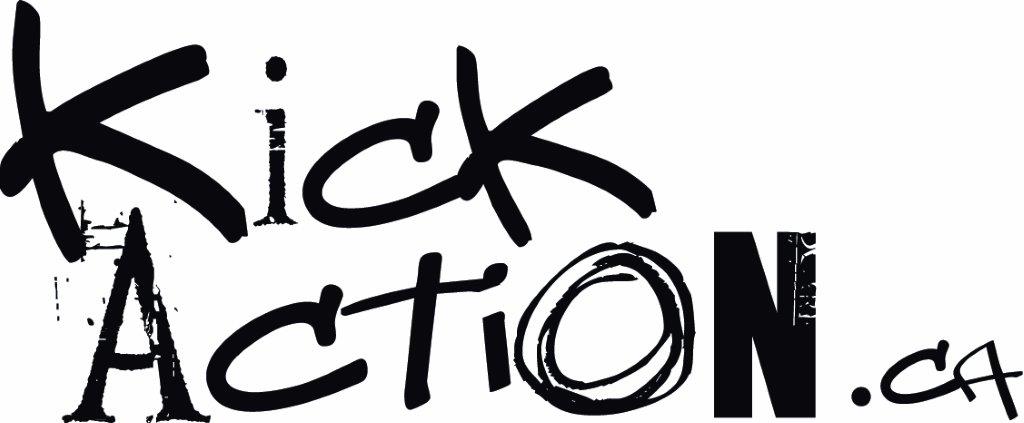In December of 2012, not long after Idle No More began to sweep the country, I attended a rally outside the Vancouver Art Gallery in support of the movement and of Attawapiskat Chief Theresa Spence during her 44-day hunger strike in Ottawa. There were hundreds of people gathered to hear more than a dozen speakers. People brought flags and banners and signs with all kinds of messages on them, mostly demand for fair treatment, recognition of indigenous rights and solidarity. There was only one sign whose words have stuck with me since then. It said When Sleeping Women Wake, Mountains Move.
I’m lucky enough to work as an independent reporter covering environmental issues and indigenous resistance, and I’ve been watching the mountains of the Pacific Northwest move ever since.
Tsleil-Waututh elder Amy George is one such woman making change in Vancouver. She is the daughter of the late Chief Dan George and the mother of Sundance Chief Rueben George, who spends much of his time campaigning across the country against major companies such as Kinder Morgan and Shell Canada, both of which have plants just across the Burrard Inlet from the Tsleil-Waututh territory in North Vancouver.
When Kinder Morgan announced plans to build a new pipeline that would run through Tsleil-Waututh traditional territory, members of the nation held a vote to oppose or the new development. George, known by most as Ta’ah or grandmother, stood up and faced her nation and told them all that it was time to warrior up and do the right thing. The nation voted unanimously against the oil and gas giant, and she now leads the struggle to protect her territory, engaging indigenous and non-indigenous people alike, who can be seen at events around the sitting sporting t-shirts with “Warrior Up!” printed on them.
Debra White Plume of South Dakota takes members of her Lakota nation community to communities all over the US teaching others direct action skills from social media and internet savvy to blockading and street medicine. The goal of the group–called Moccasins on the Ground–is to ensure that everyone is fully equipped to stand up for themselves and for their land. There will be no need to wait for the warriors to come. They will all be the warriors.
Many of these women don’t see themselves as activists or environmentalists, though many of them spend their lives working to improve their communities. Some of them won’t even characterize the work they do as radical. A young Two-Spirit person who splits their time between Vancouver and Bridge River reserve in Lillooet where they grew up, told me recently they believe standing up for the land and the water is about as traditional as it gets.
Many indigenous cultures have traditionally been matriarchal, led by women, but have been assimilated or forced to change to survive the violence and patriarchy imposed upon them by colonialism and settler culture. Now we’re seeing a return to a time when the warriors took their cues from the women. While it may be a bit of a shock for a white culture long defined by patriarchy, it comes as no surprise to these women.
There’s a prophecy in many indigenous cultures that foretells the rise of women. Told by grandmother ancestors, it’s a story of a great darkness that would threaten all the four races of the human family, but that it would be stopped. And it would be the women who would lead the struggle.
It’s telling in more ways than one. That something so basic as the desire to protect water for drinking and the land for living could be called a radical act shows us just where our values lie as a broader culture. It shows us how far we’ve strayed from the land and the values these women are fighting for. And that something so ancient and far-reaching as the reality of women leaders could be called radical shows us just far we have yet to go.



